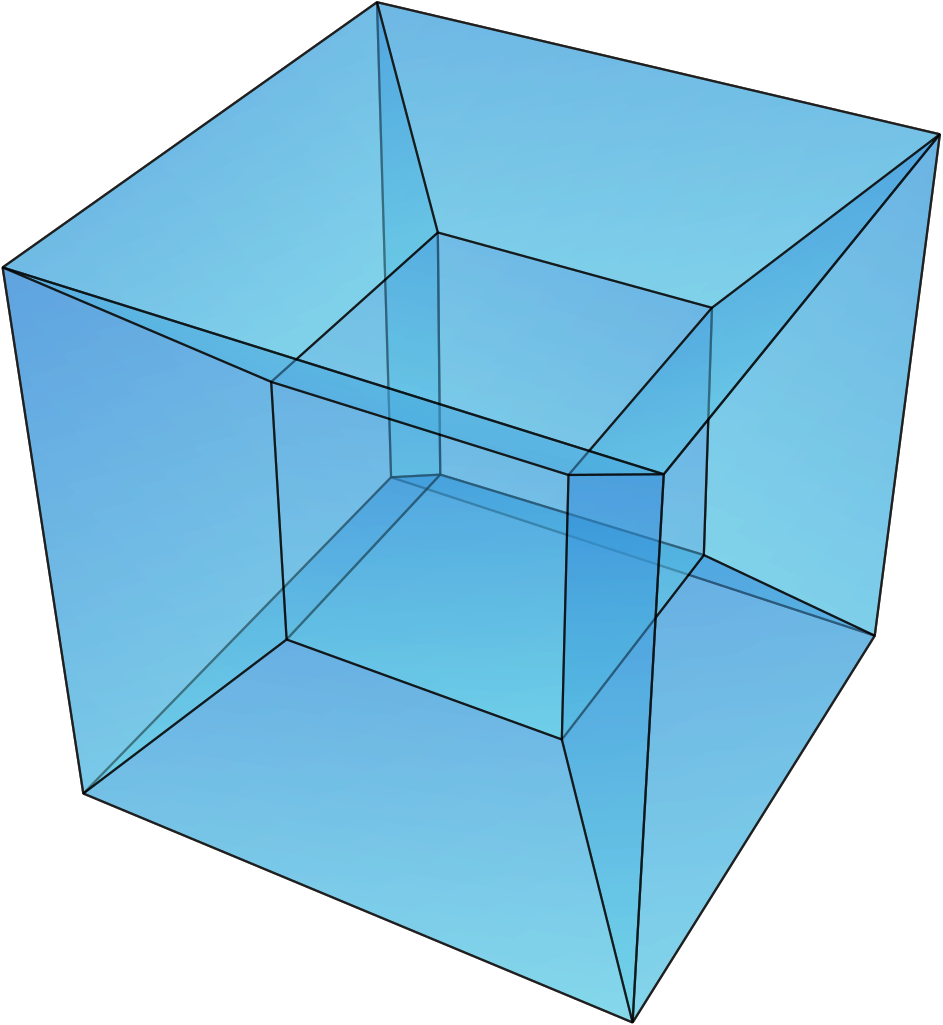@NEMO I'm almost entirely sure that you wrote that with the intention to create as much confusion as possible.
However, since we're floating theories here, how about I float my "Big Flush" theory?
In sci-fi, wormholes are a popular concept, because they allow for travel between dimensions. But "real" theoretical wormholes could really only
exist in a really massive black hole, where spacetime is stretched to its tearing point. Nobody has any idea how much mass it'd take to open up a
hole in spacetime. Except me! See, I've theorized that if a black hole gets big enough, it tears open a tiny hole in spacetime, and flushes its
contents down the hole, only closing when its mass is no longer enough to keep the hole open. Where does that mass go though? Nowhere. It's flung
outside of time and space, where it quickly establishes order in its own right, as a new universe. This theory is actually testable. Wormholes
should not be able to exist in our universe, because its combined mass isn't even enough to tear spacetime. And if anyone ever figures out how much
mass is needed to warp spacetime enough to tear it, and other wormhole dynamics, it would correspond to our universe having been flushed through one.
Or how about my "Mxyzptlk" theory?
Mister Mxyzptlk is a Superman villain who lives in the fifth dimension. There, things happen for no reason. It's rather chaotic, but its residents
have adapted. Effects don't necessarily have causes. Mister Mxyzptlk likes to come to our dimension (he's a criminal in his own dimension too) and
wreak havoc by making it more like his own. Superman can't hurt him physically, though. To make him go back to his own dimension, Superman has to
trick him into saying his name backwards. Anyway, it's already agreed that time is the fourth dimension, which is why Mister Mxyzptlk's dimension is
the fifth one. However, if he lives in the fifth dimension and can come to our dimension, then that means that our universe exists within his. And
since cause and effect aren't linked in the fifth dimension, then there's every reason to believe that a universe where cause and effect ARE linked,
could come into existence for no reason at all. You may be wondering where the fifth dimension came from, but that implies a cause and effect,
neither of which exist in the fifth dimension. Duh. |






















 .
.

















